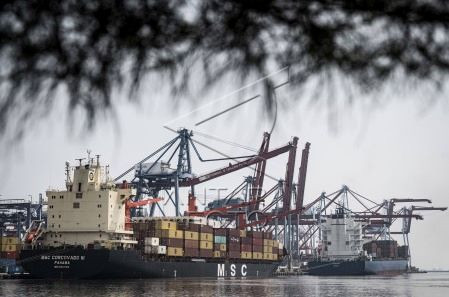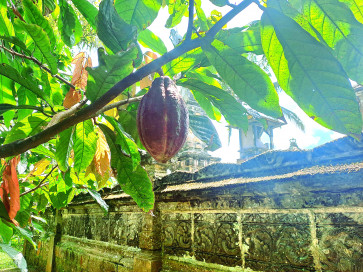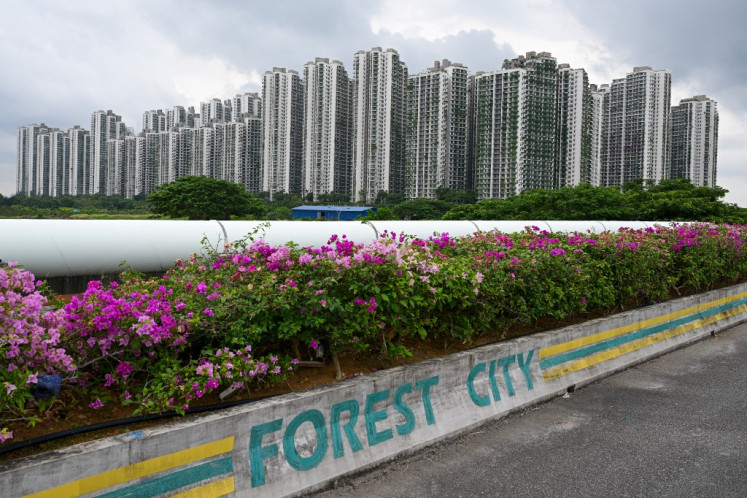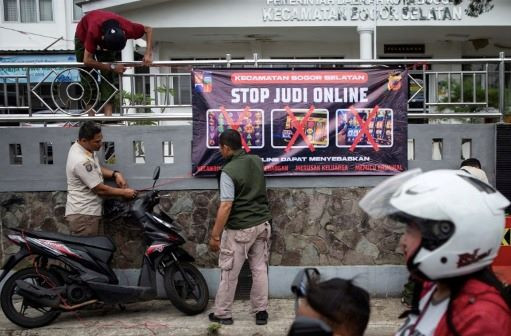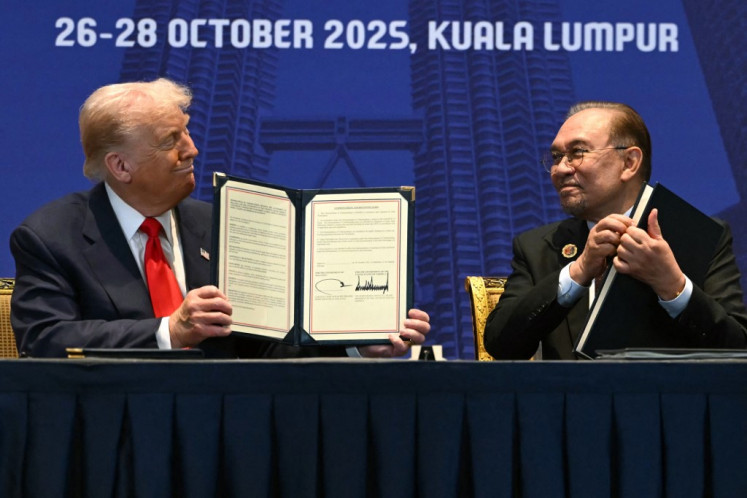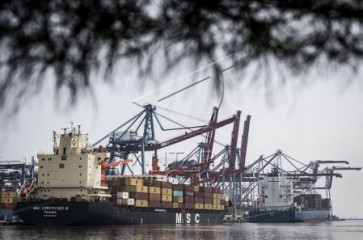Popular Reads
Top Results
Can't find what you're looking for?
View all search resultsPopular Reads
Top Results
Can't find what you're looking for?
View all search resultsUncertainty, unreliability in supply chains behind higher prices in eastern Indonesia
The value of time will increase further when it takes a long time before the vessel can be unloaded at the destination ports.
Change text size
Gift Premium Articles
to Anyone
W
e all know that the prices of goods are higher in eastern Indonesia than in other provinces across the country. The price of a carton of Indomie noodles costs Rp 107,000 (US$6) in Jakarta today and Rp 112,000 in Ambon city, Maluku, one of the provinces in the eastern region. The price differences for rice are even more substantial with a bag of 10 kilograms of Raja Lele rice costing Rp 116,000 in Jakarta and Rp 168,000 in Ambon.
Likewise, the price differences in other goods such as motorcycles also are very wide: a Honda Beat Luxe can be bought in Jakarta for Rp 19.3 million while the same motorcycle has a price of Rp 26.6 million in Ambon. Prices are even higher in the rural areas in eastern Indonesia due to poor hinterland connections. The government has provided various support subsidy schemes to mitigate the impact of higher prices on the purchasing power of the population in the eastern region.
It is often thought that higher prices in eastern Indonesia are a consequence of the high costs of domestic shipping. It is often cited that shipping goods from Java to eastern Indonesia is more expensive than shipping them to Hong Kong. But is this the case?
A recent consultation with shipping lines shows a different picture. Shipping a container from Surabaya in East Java to Hong Kong costs at least Rp 5.5 million while the shipping costs of the same 20-foot container from Surabaya to Ambon are Rp 3.5 million. The findings are similar for many other destinations in eastern Indonesia.
The World Bank published an in-depth study on the logistics sector in 2015. This study deserves wider dissemination as it sheds new light on the causes of price differences between Java and eastern Indonesia.
The empirical study found that even for a relatively low-value commodity such as rice, on a supply chain from Surabaya to Ambon the sea freight cost is not very high. It is around 5 percent of the value of 1 kg of rice. Similar findings are reported by MAERSK shipping line, which estimates for a range of products that the sea freight costs only account for 1.5 to 6 percent of the value of the goods.
So, what then explains the price differences of products between, on the one hand, Jakarta, and Surabaya, and, on the other hand, cities like Ambon?

